April 17, 2025 | 11:57 GMT +7
April 17, 2025 | 11:57 GMT +7
Hotline: 0913.378.918
April 17, 2025 | 11:57 GMT +7
Hotline: 0913.378.918
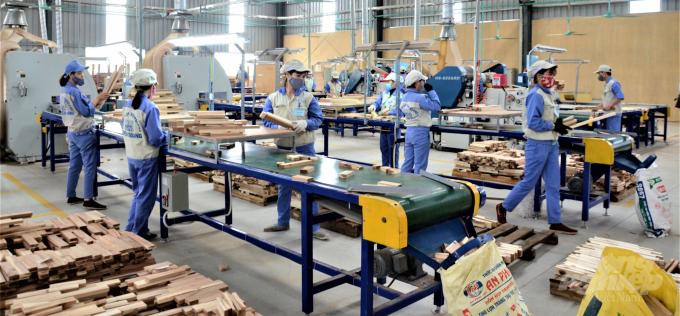
Vietnam is becoming one of the world's leading countries in exporting wooden furniture. Photo: Dao Thanh.
Sir, How would you rate Vietnam's wood industry's global standing?
Agriculture linked with the afforestation industry's production chain is presently being developed in Vietnam and is being recognized internationally.
At the moment, our country mostly utilizes acacia wood and a little amount of rubber and eucalyptus... The growth of the raw material area benefits both the later phases of wood processing and the establishment of employment and revenue for farmers. The increased forest area will provide a greater contribution to environmental improvement and ecological balance.
Vietnam is also fast expanding in the industrial sector. Vietnam has evolved from a nation manufacturing handcrafted wooden furniture to one producing increasingly high-quality furniture to suit the demands of more demanding customers.
As a consequence, Vietnam has grown to become a global leader in woodworking exports and the second largest in Asia, behind China. Vietnam has overtaken rivals such as Malaysia and Thailand, both of which boast a long history of furniture development.
Along with furniture, there are two closely linked goods to wood furniture: industrial boards and laminated plywood from Vietnam, both of which are growing at a rapid pace.
Another product, while it is a by-product, is chipboard, which is used as a raw material in the paper industry. This product accounts for more than 20% of the wood industry's export sales. However, this item has a drawback in that it will use a large number of raw resources but will provide a little return. Thus, in terms of general policy, the state is examining ways to mitigate the effect, while also developing a strategy to prevent the particleboard export sector from growing spontaneously and enormously, which would have a detrimental impact on the environment. Vietnam's primary export focus is on wooden furniture.
Material space is critical for manufacturing operations; thus, is a material area still a weakness in Vietnam's wood industry?
The primary concern of the furniture export business is raw materials, but we have not been able to regulate the quality of the resources too far.
To begin, forest tree variations are not well planned, which has resulted in a steady decline in the quality of the tree kinds. As a result, although the raw material area may expand, the productivity and quality of wood will suffer.
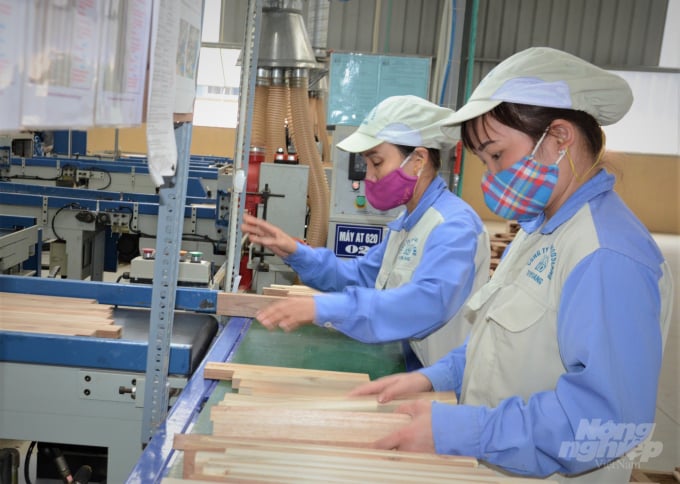
The wood products industry has created jobs and increased incomes for workers. Photo: Dao Thanh.
The second is that there is no control over the age of the trees being harvested in the areas. Only 5-year-old planted trees have been exploited in the majority of raw material regions, and the area of 7- to 10-year-old woods is still sparse. Although the MARD and provinces have a strategy for the development of big wood trees, the associated policies are very straightforward to execute.
What, in your opinion, are the primary impediments facing Vietnam's wood export business today?
Vietnamese wood businesses have benefited enormously from the government's backing and assistance. However, some shortcomings have emerged as a result of the mushrooming of the industry in Vietnam, including Chinese enterprises, resulting in the rapid growth of the timber industry and the risk of foreign enterprises using semi-finished materials originating primarily in China, thereby transforming Vietnam into a transit point for production flows from China to the US.
Currently, the US is investigating two items from the Vietnamese wood industry: plywood and furniture. Investigations into the use of unauthorized wood, falsified provenance... that would be very hazardous.
Vietnamese wood products are not without flaws. Vietnamese hardwood furniture supplied to other nations is mostly marketed to big companies that have not yet branded each piece.
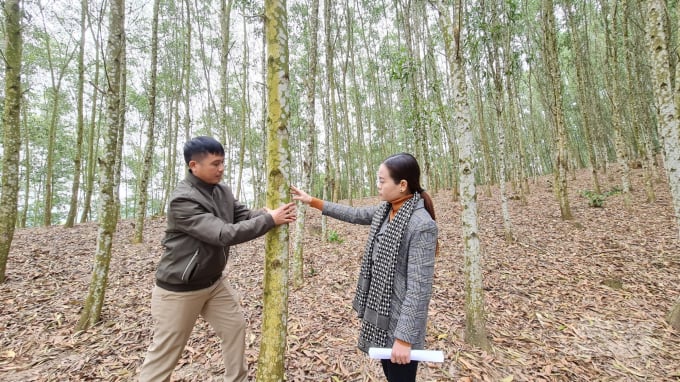
Currently, the raw material area is still a weak point in Vietnam's wood industry. Photo: Dao Thanh.
What would you propose in terms of mechanisms and policies, and how would you eliminate them?
Vietnam's import and export operations continue to be constrained by a lack of infrastructure. Vietnamese wood sector firms are experiencing a container scarcity for export to other nations. International carriers are required. Meanwhile, Vietnam lacks a single carrier capable of meeting this demand, making it difficult for companies to transfer products to partners in the United States and Europe when the market changes.
As a result, Vietnamese wood industry companies urgently need the assistance of authorities such as the Ministry of Industry and Trade and the Ministry of Transportation to ensure smooth connectivity.

Vu Hai Bang, Chairman of the Board of Directors of Woodsland JSC. Photo courtesy of Vu Hai Bang.
MARD has acknowledged the planning of material areas for furniture, although an associated policy is required. For example, the design of raw material regions for wood chip collection and huge timber planting areas... This effort is for the benefit of the nation as a whole, not simply for the benefit of individual businesses. Additionally, the management of types is expected to be more carefully monitored by the Ministry of Agriculture and Rural Development.
I think that with a stable and favorable macroeconomic policy, the Vietnamese wood sector will continue to develop and contribute significantly to the economy.
The longer-term goal of Woodsland Joint Stock Company is to develop an increasing number of contemporary goods with improved quality control. The company's objective is to strike a balance between exporting furniture to the global market and developing new possibilities in the local market.
In the Vietnamese market, the firm has always prioritized the issue of FSC forest certification. Certificates will be issued to businesses that have given technical and financial assistance and guaranteed the consumption of forest wood products when they reach the exploitation stage. As a result, the company's FSC forest area has been steadily increasing. This region is sufficient to fulfill the company's export requirements.
Together with a commitment to preserving and growing the FSC forest area. Woodsland Joint Stock Company intends to provide local certifications in Vietnam to show control over the planted forest area of origin and to ensure the product's quality.
Thank you!
Translated by Linh Linh
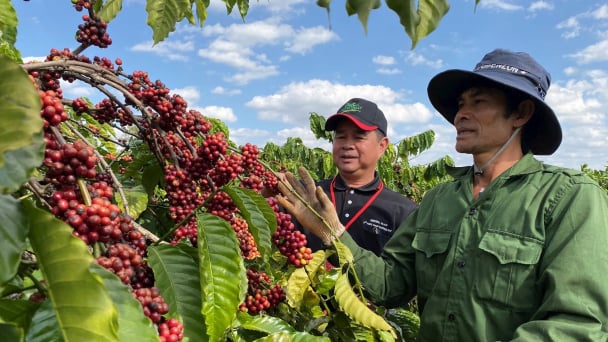
(VAN) Businesses emphasize fairness and equality when integrating social factors into their sustainable development strategies.
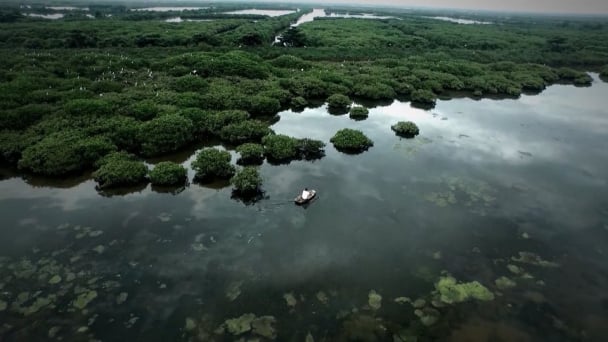
(VAN) French organizations and enterprises propose that Thai Binh province provide potential and long-term cooperation contents related to climate change response and green industrial development.
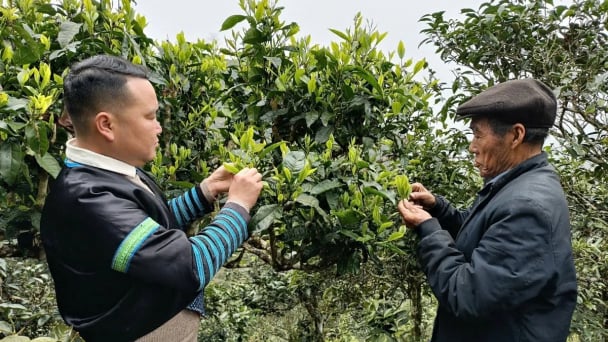
(VAN) Shan Tuyet tea is considered a 'heavenly treasure'. The H'mong people allow the tea to grow naturally, adhering to organic production principles, with the aim of exporting the product.
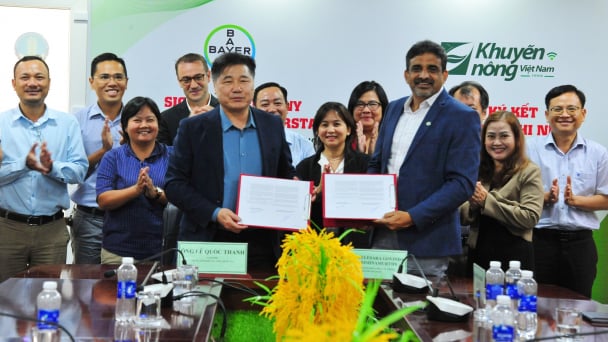
(VAN) Bayer Vietnam and the National Agricultural Extension Center have signed a partnership agreement to expand the development of effective and safe farming models for rice, durian, and coffee.
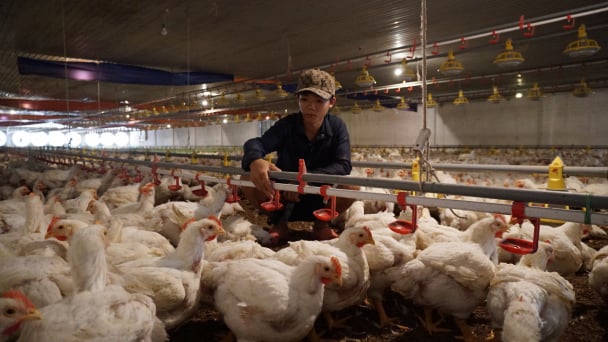
(VAN) Tay Ninh province possesses all the favorable conditions, from natural advantages to geographic location and social harmony, to drive economic development, particularly in attracting investment and advancing modern livestock farming.
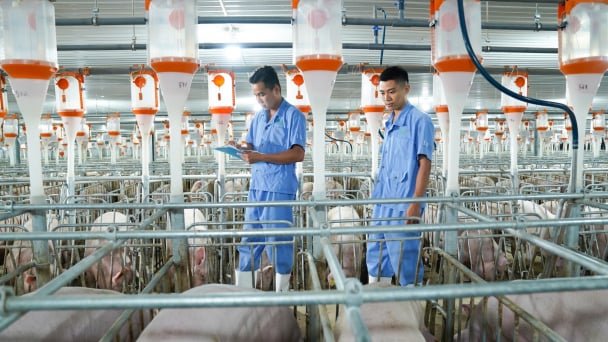
(VAN) Notably, every link in BAF's entire closed livestock value chain Feed - Farm - Food has received international certification.
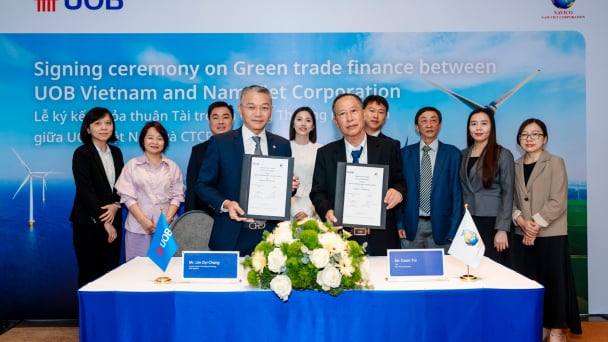
(VAN) UOB Vietnam has recently signed a green credit agreement with NAVICO to develop sustainable aquaculture that meets international standards.